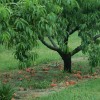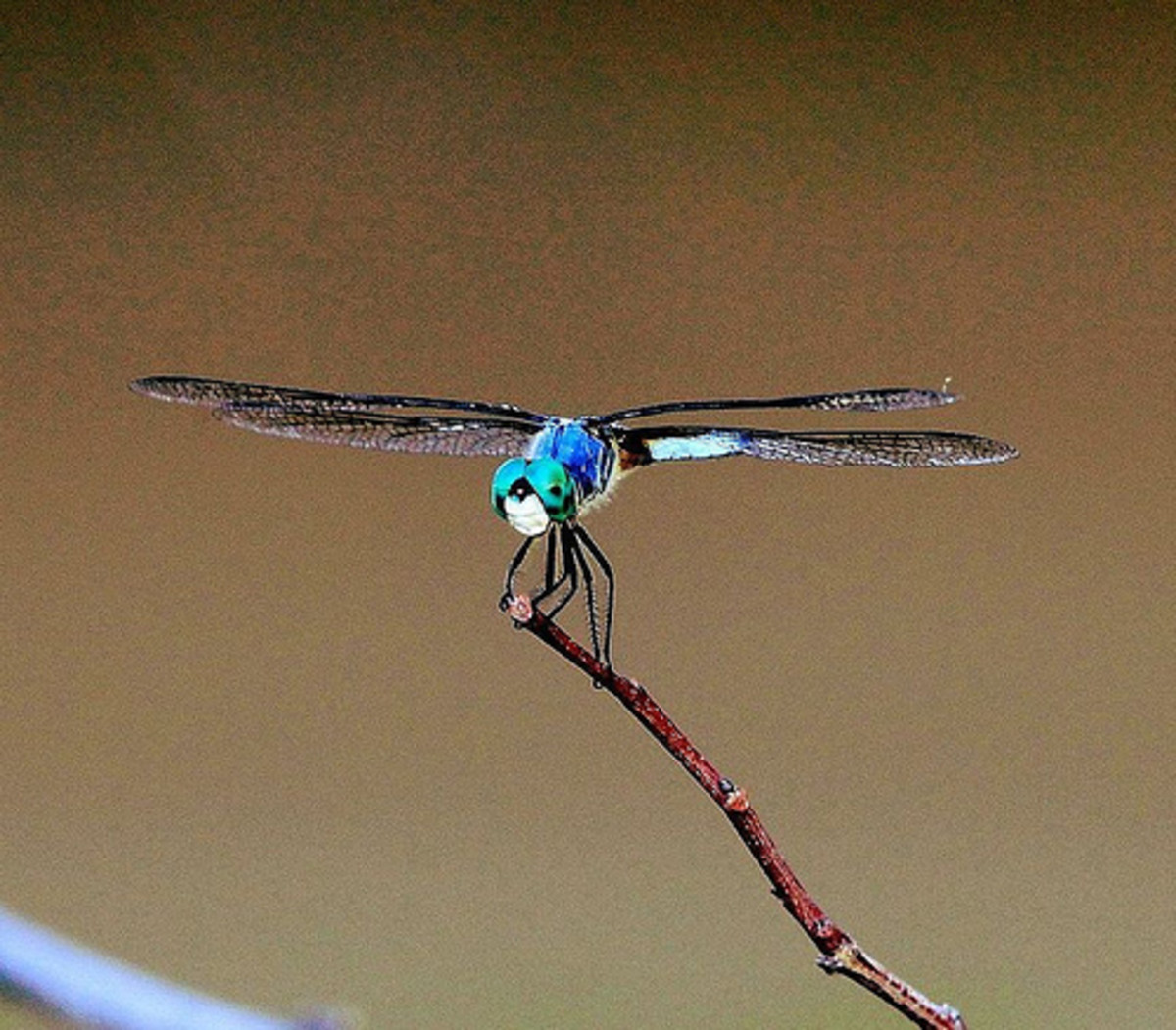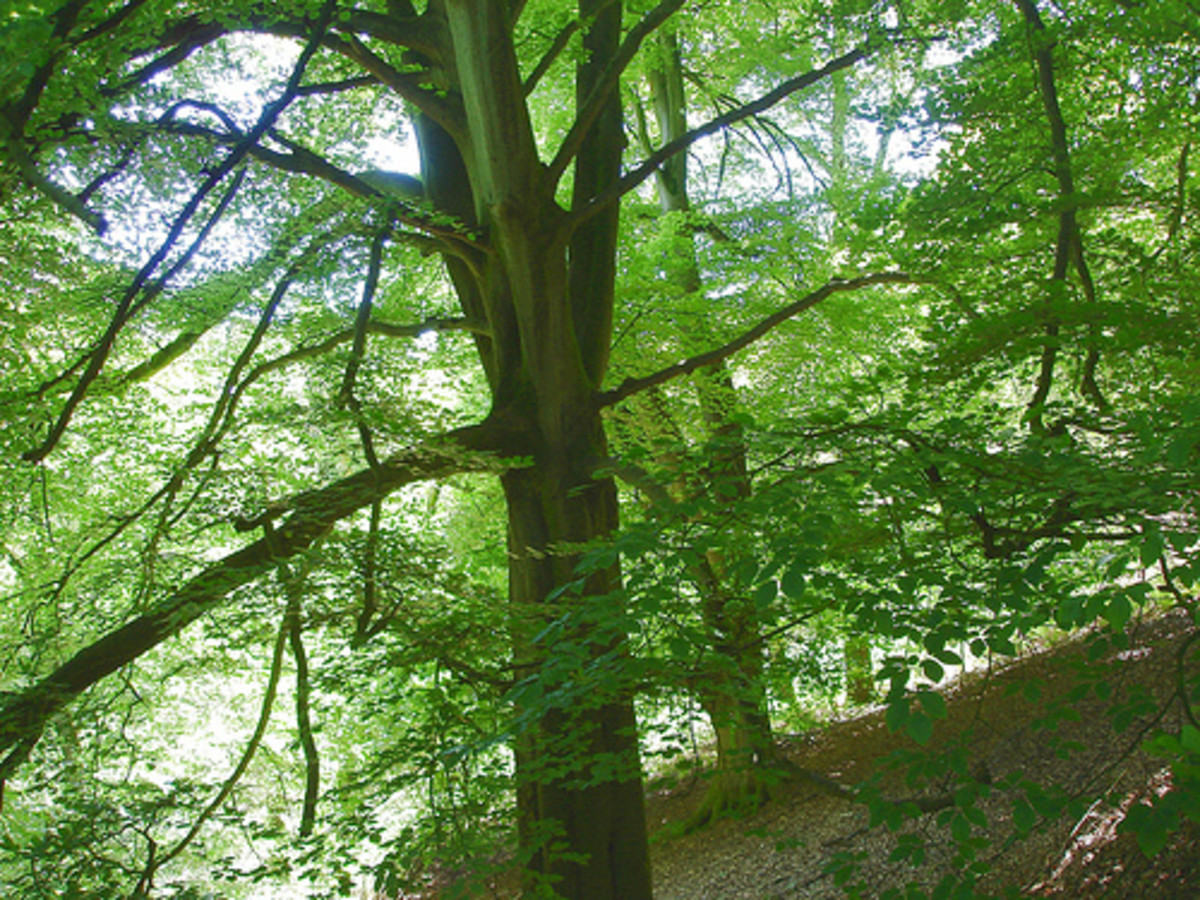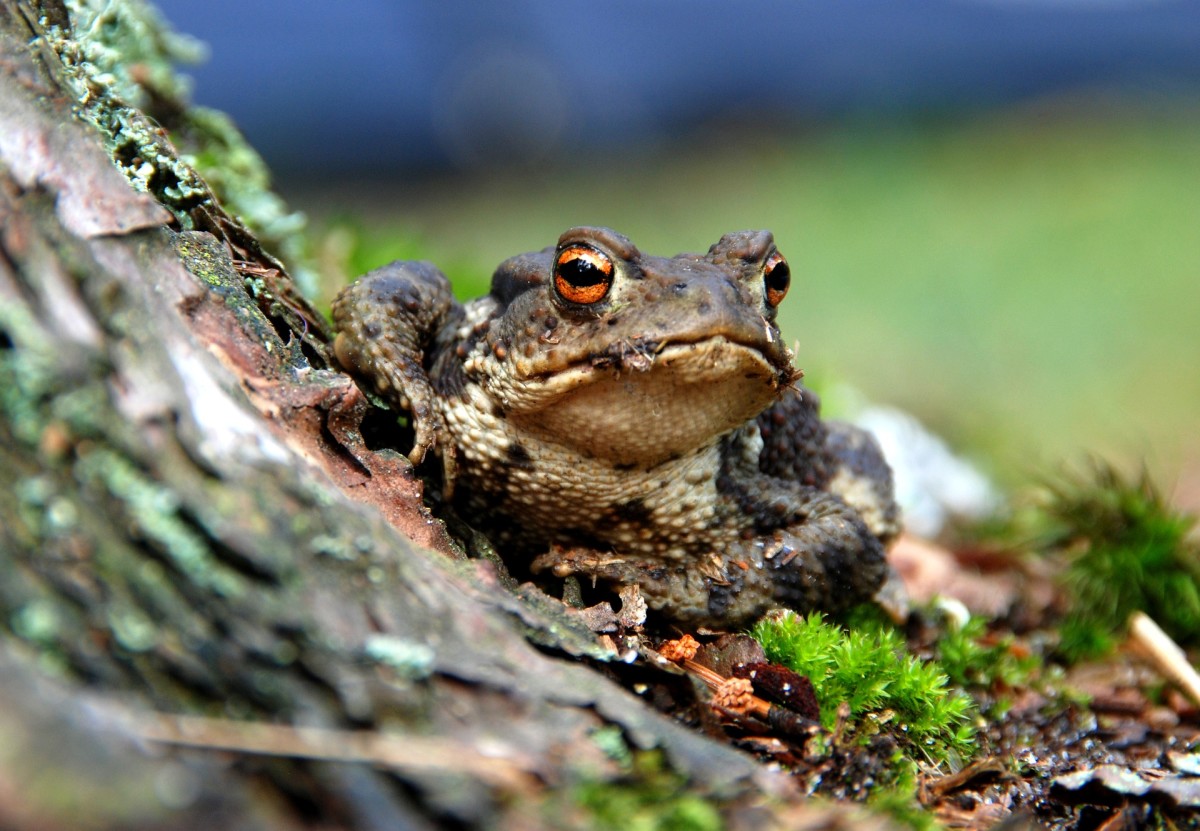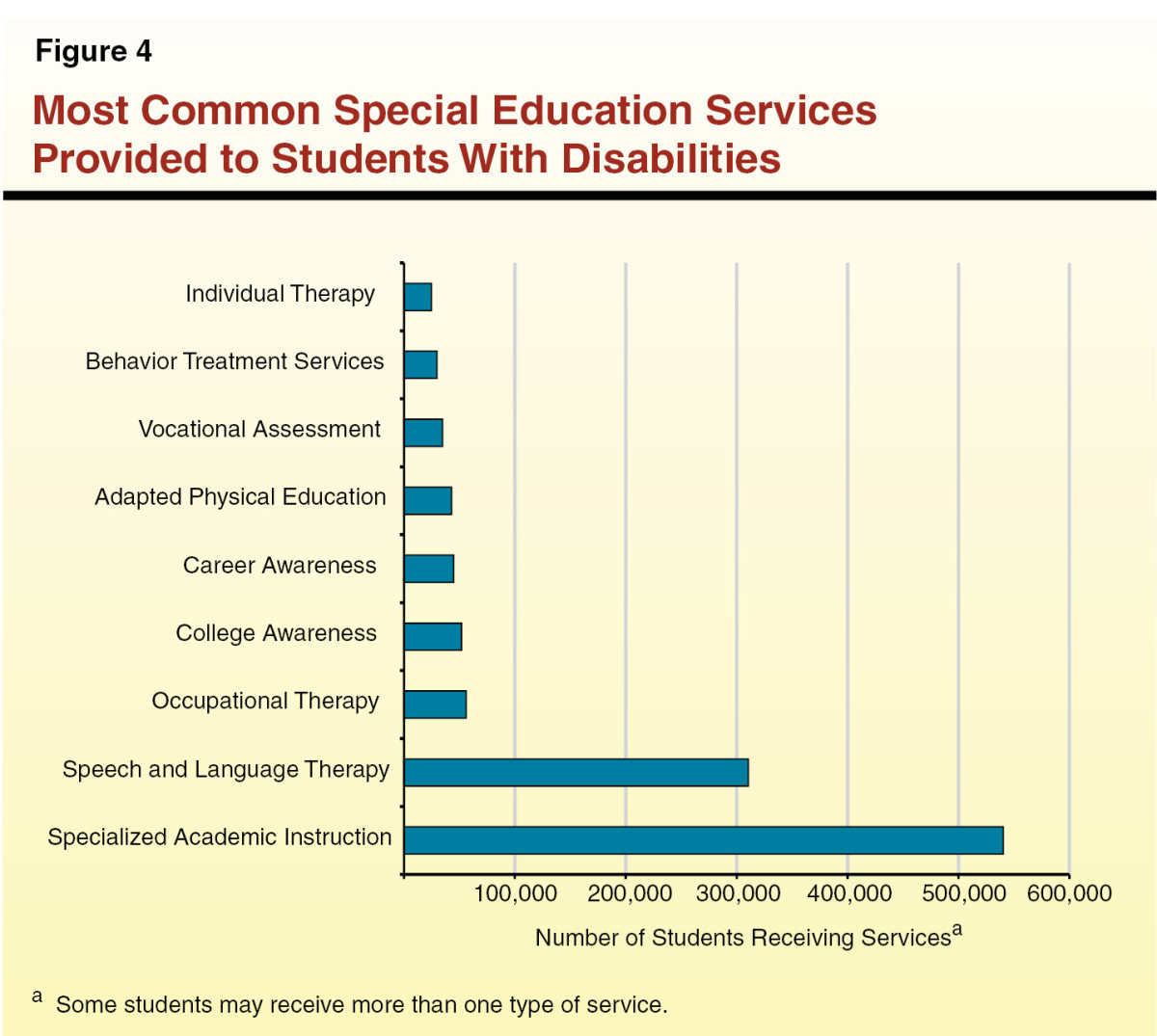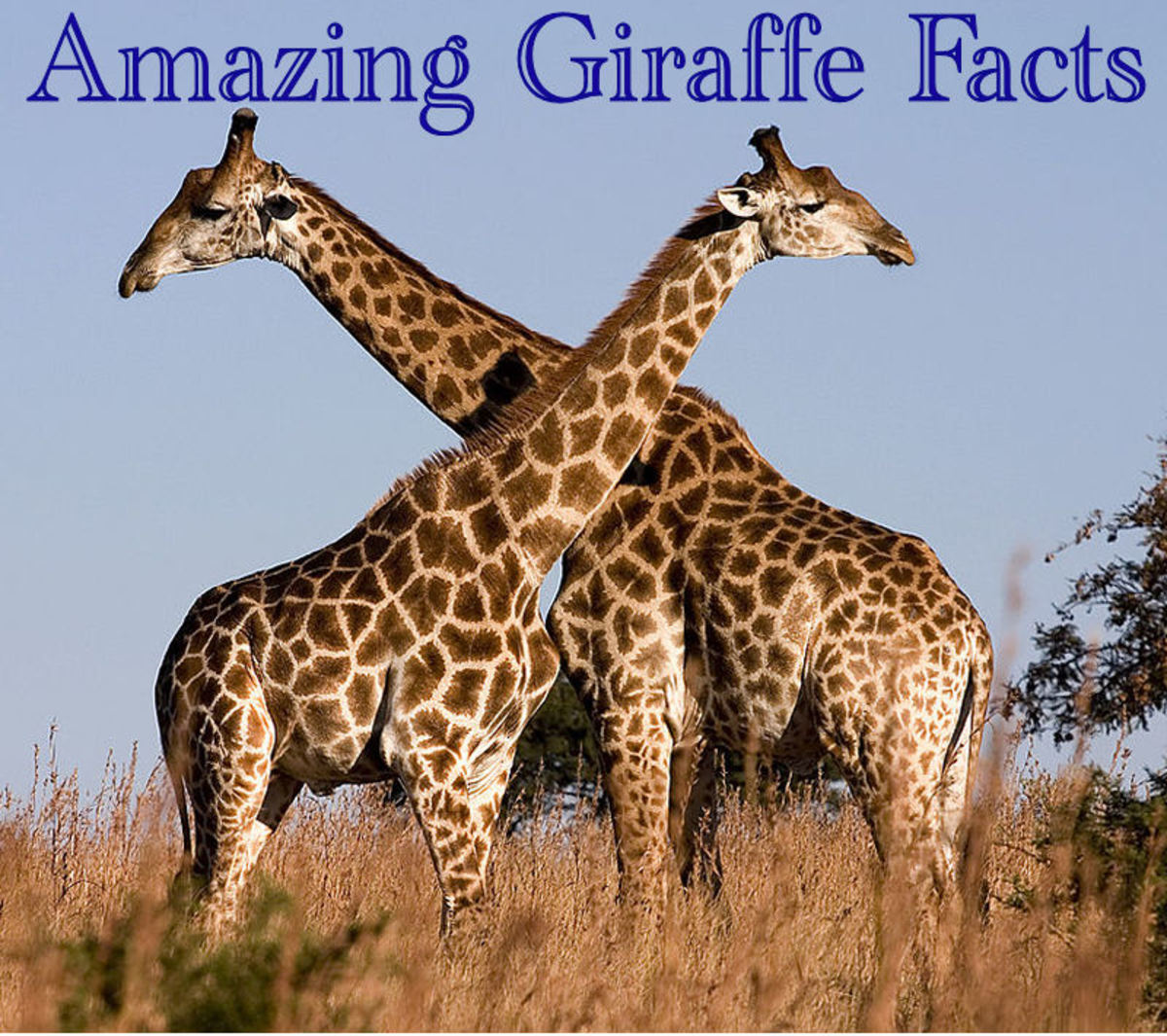Creating wildlife habitats at your school
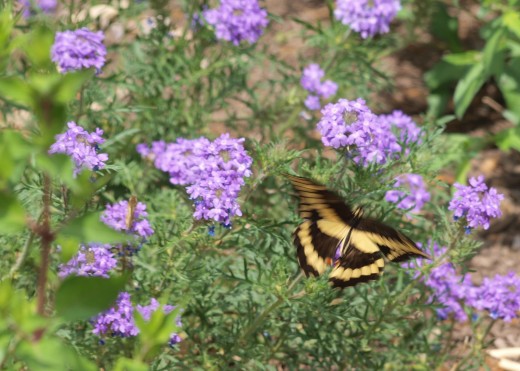
Note: All text and photos are property of the author and cannot be reused without permission.
Class pets are great, but they need to be housed, fed, watered, cages cleaned, and placed in homes during vacations. An easier and more natural way to have animals around your school is to create wildlife habitats. Kids get a thrill seeing birds, insects, lizards, and other small animals, and in the process learn to love these creatures and the natural world.
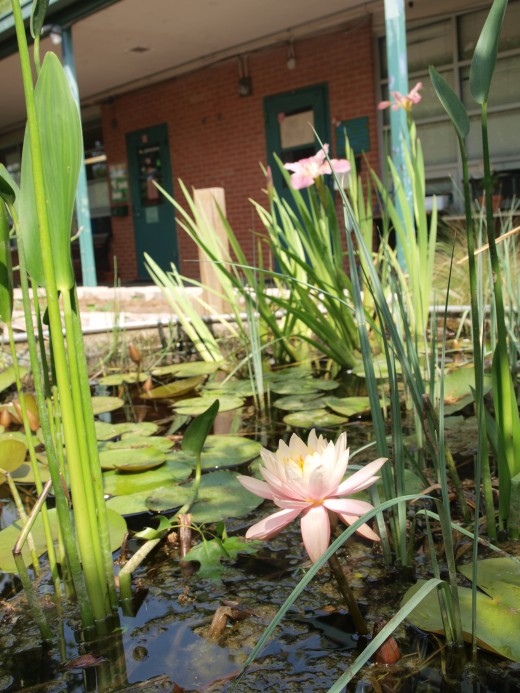
How can you create habitats for these critters? You don’t need a lot of land, or even a very natural setting. The National Wildlife Foundation (NWF) recommends meeting four needs that all animals have:
- Water - If you already have a pond or stream on your school property, you’re all set, but there are other ways to provide water for animals – you can set out a birdbath or create a water garden. Even a pan of fresh water can bring animals to your school doorstep.
- Food - The best way to provide food for animals is by planting native plants that supply nuts, fruits, berries, seeds, leaves, or nectar. Native plants are also easier to grow than non-natives, as they’re most suited to your area’s climate. A birdfeeder is another option.
- Cover - Different animals require different kinds of cover to hide from predators - brush, trees, rocks, piles of dead wood, plants, bushes.
- Places to raise young - Examples of this include vegetation, old trees for nesting, ponds, and dense shrubs.
If you provide all of these needs, you can certify your schoolyard habitat with the NWF. See the following link for more information.
- Schoolyard Habitats - National Wildlife Federation
Schoolyard Habitats® are outdoor classrooms where students hone their academic skills and nurture their innate curiosity and creativity by creating, utilizing and maintaining a learning garden that attracts and supports local wildlife.
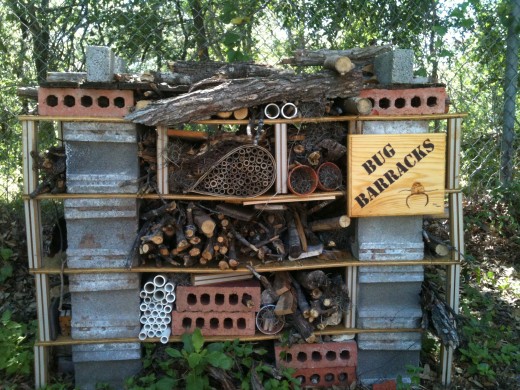
Attracting certain animals
Certain habitats will attract a variety of animals. For example, if you set up a pond or water garden, you will attract snails, water bugs, dragonflies, toads, frogs, possibly turtles, snakes, and birds and mammals that will come to drink. A thicket habitat might house rabbits, lizards, snakes, insects, and birds.
If you want to encourage specific kinds of animals, here are some tips:
Insects - You can build an insect apartment for solitary bees and other beneficial insects with scraps of wood, pipe, short lengths of bamboo, bricks, and branches. Solitary bees pollinate flowers and are an important part of the ecological cycle. They are also usually stingless or unlikely to sting. If you have a pond, water bugs and dragonflies may turn up. Lily pads and rocks provide landing spots for insects. If you don’t want mosquitoes, be sure to include fish or running water in your pond.
Butterflies - There is lots of information available about planting a butterfly garden, and the types of plants you include will affect which butterflies you get. Many moths and butterflies lay eggs only on certain kinds of plants; for example, the Monarch butterfly only lays eggs on milkweed plants, and Gulf Fritillary larvae feed only on passionvines. You can put out slices of fruit to attract butterflies. Offer water and minerals that butterflies need with a sand- or soil-filled container, flooded with water.
- Butterfly Gardening - Plants to Attract Butterflies, Hummingbirds, and Wildlife
Attract wildlife to your gardening - butterflies, birds, and beneficial insects.
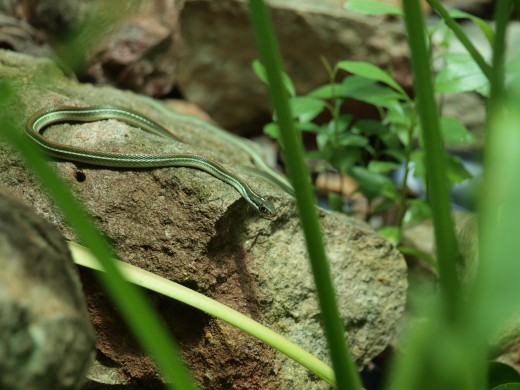
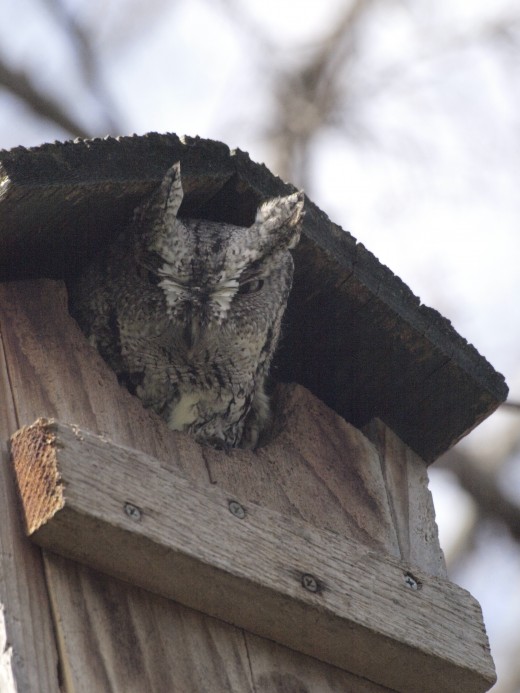
Reptiles and amphibians - Lizards and some snakes like to live in large rock piles or loose stone walls. Toads hide under large rocks and need ponds in which to lay eggs. Be sure that ponds have gradual edges or large rocks placed in them for easy toad and small animal access. Ponds also provide food for reptiles in the form of insects and small fish. A turtle or frog might take up residence there. Land turtles need shady, leafy areas with plenty of ground cover.
Birds - Issue an invitation to birds with a birdhouse. The size, height, location, and dimensions of your birdhouse will determine what kind of birds will move in. For example, purple martins like to nest in groups, and they need houses at the edge of large open spaces to allow them room to swoop in. Owl boxes should be sized for the particular species of owls that live in your area, and usually located at least 10 feet up. If you locate an owl box near your trash dumpster, you might attract a live-in exterminator. Research the kinds of birds that live in your area and purchase or make houses designed specifically for them. Birdfeeders attract birds, including hummingbirds, but keep in mind that they will need to be filled regularly, while native plants and trees provide food naturally. If you have a pond, watch out for herons, which may decide to snack on your fish.
Bats - Bats don’t deserve the bad rap they’ve been given. They keep down mosquito populations and act as pollinators for many plants. You can purchase or build a bat house to bring them to your campus. Like other mammals, bats can carry rabies, so if your school chooses to install a bathouse, be sure to educate children NEVER to touch a bat that is on the ground, but to tell an adult immediately.
Mammals - Rabbits, chipmunks, squirrels welcome; skunks and rats, not so much. One interesting thing about making your school a wildlife habitat is that you can’t necessarily choose what wildlife you attract, but that’s okay. Possums, skunks, raccoons - none of these animals is harmful, and most are nocturnal, so you probably won't see them much anyway.
Warning: Once you set up your new habitat, be careful about the use of pesticides and herbicides, as these may be harmful to your new residents (not to mention your students!).
Other information about setting up a schoolyard habitat:
- How-To Guide for Schoolyard Habitats - National Wildlife Federation
Learn how to create a schoolyard wildlife habitat and resources for teaching in an outdoor classroom.
